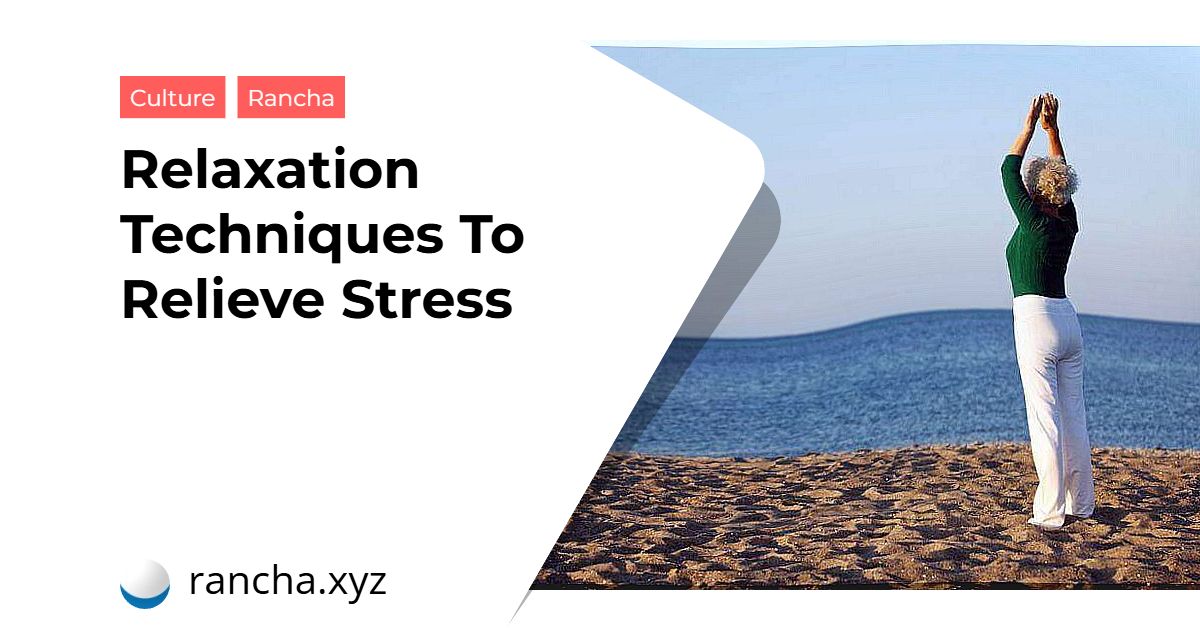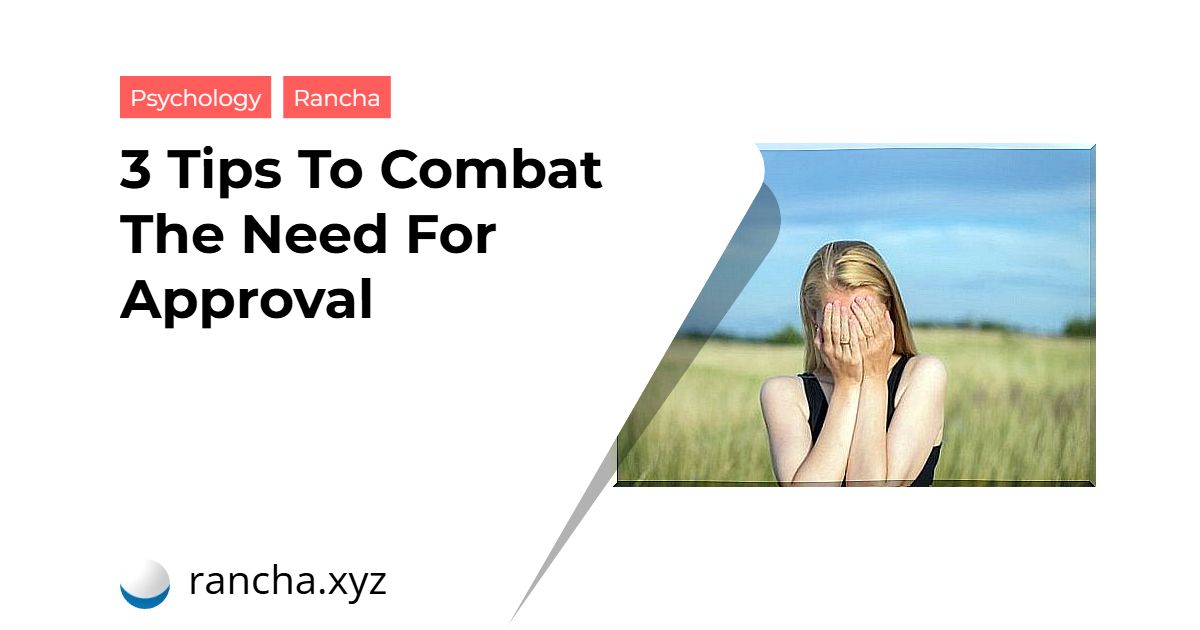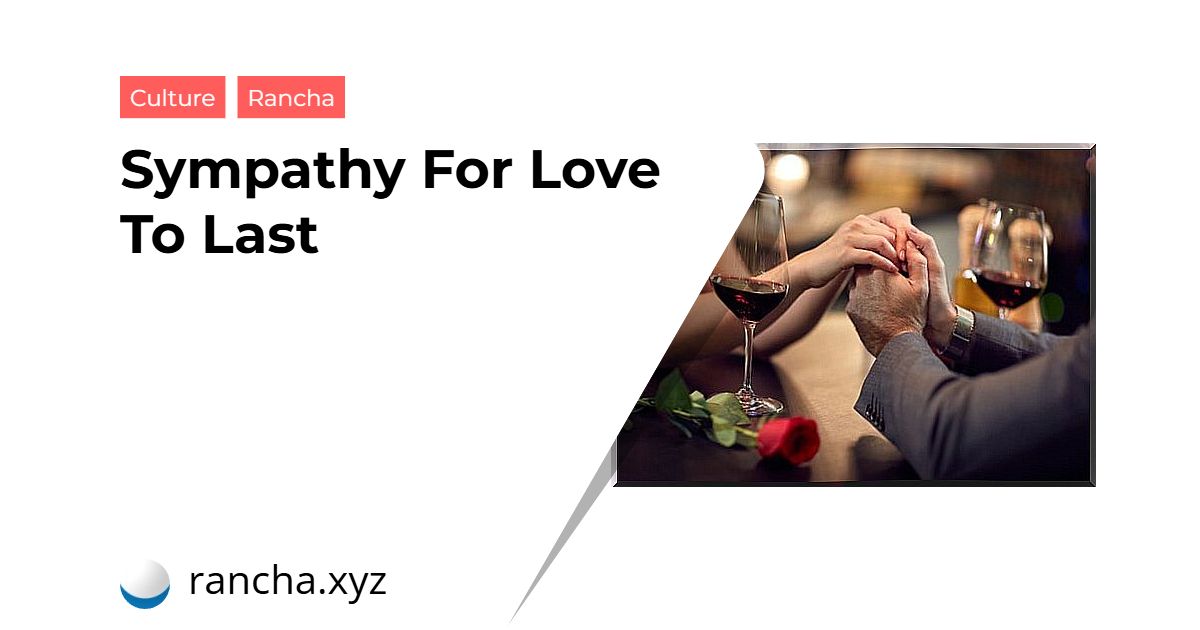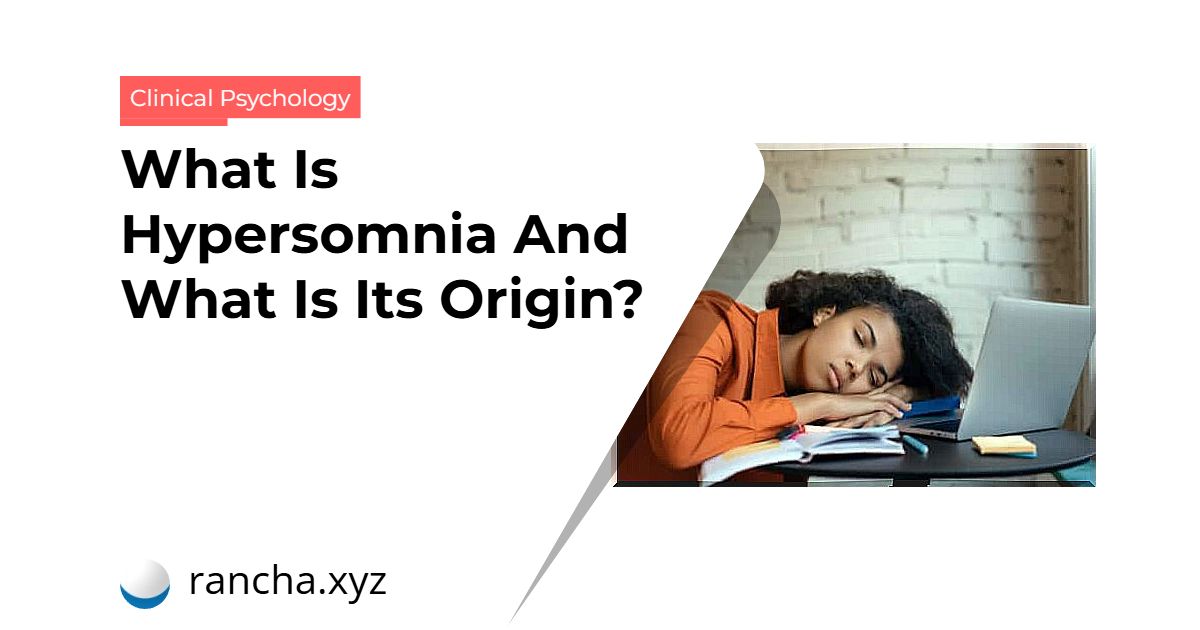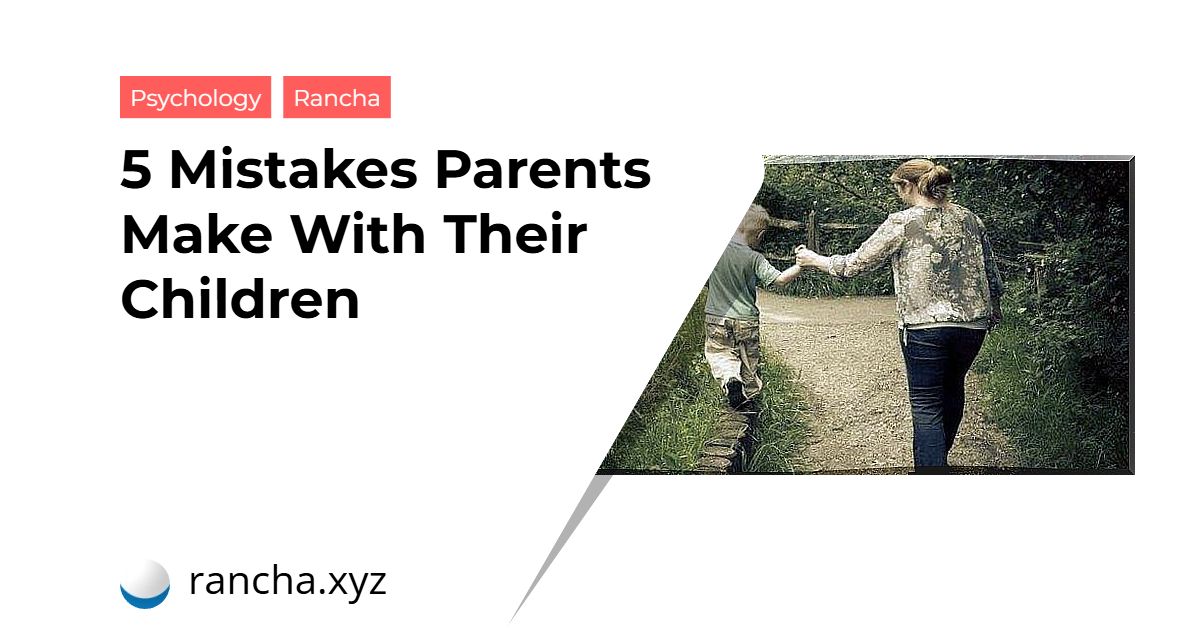For many, relaxing is synonymous with sitting in front of the television doing nothing after a stressful day. However, this does not help to reduce the effects of stress. To combat it effectively, we need to activate the body’s natural relaxation response, which is possible through the practice of relaxation techniques such as deep breathing, meditation, rhythmic exercise, and yoga.
A certain level of stress is necessary for life: to spark creativity, to foster learning, and for survival itself. Stress becomes dangerous when it disrupts the healthy state of balance that the nervous system needs.
Unfortunately, excess stress has become an increasingly common feature of contemporary life. When related factors unbalance the nervous system, relaxation techniques can help us to restore balance and produce the relaxation response, a state of deep calm that is the opposite of our stress response.
When stress builds, the nervous system becomes overloaded with the chemicals that prepare the body for fight or flight, so the same stress response can save us in emergency situations where we need to act quickly. However, it can be very harmful when constantly activated by the stresses of everyday life. The relaxation response curbs this heightened state of preparation and brings the body and mind into a state of balance.
There are several relaxation techniques that can help the nervous system find mental balance by producing the relaxation response. Learning the basics of these techniques isn’t difficult, but it takes practice. Most experts recommend practicing between 10 and 20 minutes a day to relieve stress.
There is no particular relaxation technique that is best for everyone. When choosing a relaxation technique, you should consider your specific needs, preferences, physical condition, and how you react to stress.
deep breathing and meditation
Deep breathing is a simple but powerful technique for relaxation. It’s easy to learn, can be practiced almost anywhere, and provides a quick way to get stress levels under control.
Deep breathing is the cornerstone of many relaxation techniques and can be combined with other relaxation elements such as aromatherapy and music.
The secret of deep breathing is to breathe deeply from the abdomen and get as much air as possible. Deep breathing allows you to inhale more oxygen, and the greater the amount of oxygen inhaled, the less tension, anxiety, and shortness of breath.
To breathe deeply, sit comfortably with your spine straight and place one hand on your chest and the other on your stomach. Breathe through your nose and feel the hand on your stomach rise. The hand on the chest should move very little. Then expel the air slowly through your mouth, pushing in as much as possible while contracting your abdominal muscles. The hand on the stomach should move very little. Continue to breathe in air through your nose and out through your mouth.
If it’s difficult to breathe this way while sitting, try lying down on the floor. Place a small book on your stomach and try to breathe so that the book rises as you inhale and lowers as you exhale.
progressive muscle relaxation
Progressive muscle relaxation involves a two-step process in which it is necessary to systematically tense and relax different muscle groups.
With regular practice, progressive muscle relaxation provides an intimate familiarity with tension and relaxation by feeling them independently in different parts of the body. This knowledge helps detect and combat the early symptoms of muscle tension that accompany stress, and as the body relaxes, so does the mind.
It is possible to combine deep breathing with progressive muscle relaxation to achieve an additional level of stress relief. If you have muscle problems of any kind, you should consult a doctor before practicing this relaxation technique.
Different paths can be followed to practice progressive muscle relaxation. Most people who practice this technique start with the feet and work their way up to the face.
It is important to wear comfortable clothing that does not tighten and remove your shoes for complete relaxation. Start by breathing slowly and deeply to release as much tension as possible and focus. When you’re ready, start by paying attention to one foot to feel it fully. Contract the muscles of this foot as much as possible and maintain muscle contraction for 10 seconds. Then relax.
Focus on this sensation and notice how your foot feels after feeling this prolonged contraction. Maintain concentration while breathing slowly and deeply for a few seconds. When you’re ready, do the same with the other foot and work your way through muscle groups until you reach the face.
body exploration
Body exploration is similar to progressive muscle relaxation. The difference is that instead of tensing and relaxing your muscles, you should just focus on the sensations in each part of your body.
mindfulness or mindfulness
Mindfulness or mindfulness is the ability to remain aware of what you are feeling at this moment both internally and externally. In order to remain calm and focus on the present moment, it is necessary to restore balance in the nervous system. Mindfulness can be applied to activities such as walking, exercising, or eating, although most commonly it is applied to meditation.
To apply mindfulness, you must consider some key points to be able to focus your attention.
– A peaceful environment. Choose a secluded place where you can relax without distractions or interruptions.
– A comfortable position. Get comfortable, but not lie down.
– A focal point. This point can be internal – a feeling or an imaginary scene – or something external – a significant phrase or word that is repeated during the session. You can keep your eyes open or closed. You can also choose to focus on an object in your surroundings to improve your concentration.
– An observant, not critical attitude. Don’t worry about distractions running through your mind, or think about whether you’re doing it right or wrong. If thoughts invade your relaxation session, you won’t be able to fight them. Instead, gently bring your attention back to your point of focus.
visualization
Visualization is a variation on traditional meditation that requires employing not just the sense of sight, but the sense of taste, touch, smell, and hearing. When used as a relaxation technique, visualization involves imagining a scenario where you feel at peace and have complete freedom to release tension and anxiety.
To practice visualization, you must find a quiet, relaxed place. Beginners sometimes fall asleep during visualization meditation. If you’ve never done it before, it’s better to do it sitting down.
Close your eyes and let your worries fade away. Quiet music helps a lot in these cases. Imagine you are in a quiet place, whichever you like. You must see it, smell it, hear it, touch it. Visualization works best if a lot of sensory detail is incorporated, using at least three senses. When viewing, select the images that appeal to you, regardless of whether they are more or less attractive to others. No one but you is on your mind; feel free to choose. Let your own images move in your head and feel all they can bring: scents, sensations, sounds, etc.
Enjoy the feeling of deep relaxation and let it envelop you as you slowly explore your resting places. When you’re ready, gently open your eyes and slowly come back to the present.
Yoga and Tai Chi Chuan
Yoga combines concrete positions with deep breathing. In addition to reducing anxiety and stress, yoga can also improve flexibility, strength, balance and endurance. If practiced regularly, it can enhance the relaxation response in daily life. To avoid injury, it is important to learn it by attending group classes or by hiring a private tutor.
Tai chi consists of performing a series of slowly flowing movements, each with its own rhythm. These movements work on concentration, relaxation and the conscious circulation of vital energy throughout the body. Although tai chi has its roots in the martial arts, it is currently practiced primarily as a way to calm the mind, condition the body, and reduce stress. Like mindfulness, Tai Chi practitioners focus on their breathing and keeping their attention in the present moment.
Tai chi is a safe, low-impact option for people of all ages and fitness levels, including the elderly and those recovering from injuries.
 rancha.xyz Be free to choose their own route to self-knowledge, health and balance of body and soul.
rancha.xyz Be free to choose their own route to self-knowledge, health and balance of body and soul.
